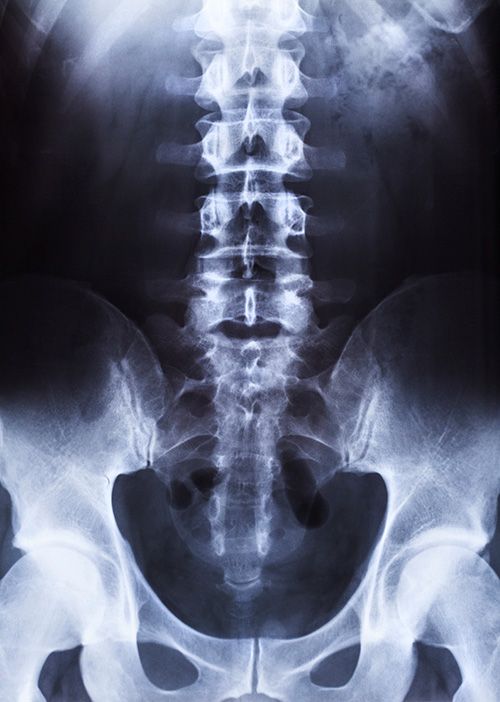Delving deeper into bones

With an impressive history of research that spans over a century, the University of Adelaide's Discipline of Orthopaedics and Trauma enjoys a proud global reputation. Past and present research endeavors extend from new ways to perform operations, right through to more intricate investigations into molecules and cells. One of the Discipline's latest laboratory investigations is based on learning more about osteocytes, the cells that live inside bone. In recent years, these cells have become of vital interest, as they have been found to perform a number of important roles both within the bone as well as influencing other organs of the body. As a result of flexing, bone tissue develops micro- damage in its matrix. To prevent catastrophic fracture, damaged bone is targeted for removal by cells called osteoclasts, and then rebuilt. In aiming to find out more about how this process works, a team, led by Associate Professor Gerald Atkins, has focused its research on sclerostin, one of the molecules osteocytes make. The research has been funded with support from the National Health and Medical Research Council. The team has studied the biology of sclerostin, including how it works, the cells it acts on and the role it performs. They have discovered that in addition to blocking the formation of bone, sclerostin also actively encourages the bone removal action of osteoclasts. This research has been important in progressing understanding of how bone is remodelled. "Our findings with sclerostin are a big leap forward that has given the group a great deal of international recognition," said Professor David Findlay, Professor of Orthopaedic Research. The research is particularly important given that blocking antibodies has been developed based on earlier knowledge that sclerostin is a negative regulator of bone formation. "You really need to have the whole picture of what sclerostin does if you are going to roll out treatments based on blocking its actions," said Professor Findlay. In addition to its groundbreaking research into sclerostin, the Discipline of Orthopaedics and Trauma is currently undertaking some "very exciting" clinical work, according to Professor Findlay. This work includes new methods of fracture repair, based on their breakthrough technology that, for the first time, enables measurement of the strength of a healing fracture.
|





